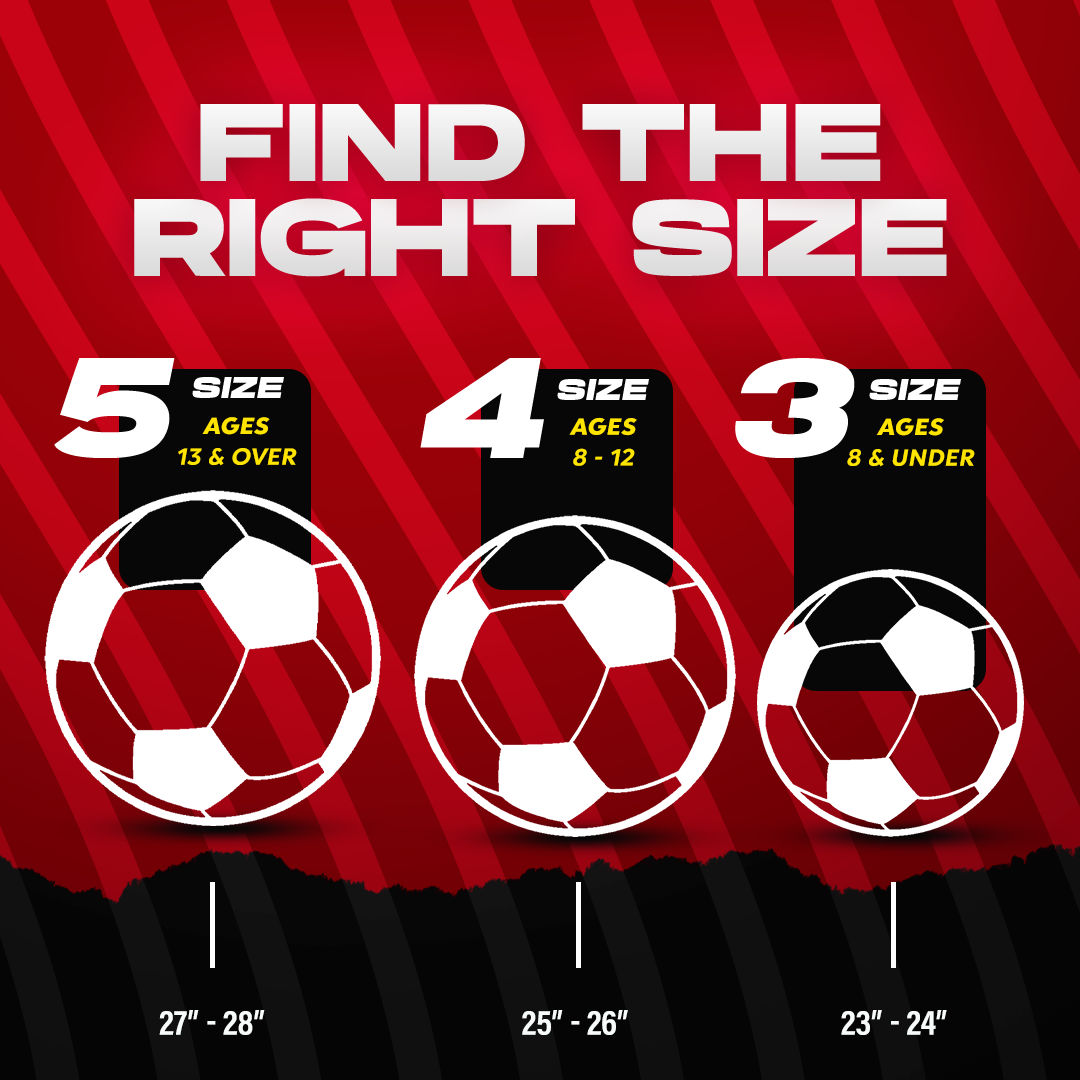Choosing the right soccer ball might seem simple, but it can make a huge difference in your performance, comfort, and overall game experience. Whether you’re training, playing in matches, or just kicking around for fun, the right ball helps improve control, accuracy, and consistency. Here’s a detailed guide from Almos Sports to help you find the perfect soccer ball for your needs.
1. Choose the Right Size
Soccer balls come in different sizes based on age and level of play:
-
Size 3 – Best for kids under 8 years old. Smaller and lighter, making it easier for young players to control.
-
Size 4 – Ideal for ages 8–12. Slightly larger and heavier, helping players transition to the standard game ball.
-
Size 5 – The official match size for ages 13 and above, used in professional and adult matches worldwide.
Choosing the correct size
helps players develop proper kicking techniques and reduces the risk of injury.
2. Understand the Ball’s Construction
A quality soccer ball is made up of three main parts: the cover, lining, and bladder.
-
Cover: Usually made of synthetic leather (PU or PVC). PU offers a softer, more professional feel and better control, while PVC is more durable and affordable — perfect for training.
-
Lining: Multiple layers of polyester or cotton inside the cover help the ball retain its shape and responsiveness.
-
Bladder: This is the inner air chamber. Latex bladders provide better touch but need frequent inflation, while butyl bladders hold air longer — great for consistent play.
3. Pick Based on Playing Surface
Where you play matters when choosing a soccer ball.
-
Grass Fields: Opt for a traditional match ball with a softer PU cover for better control.
-
Artificial Turf (Astro): Look for a durable ball designed for synthetic surfaces — it should have abrasion-resistant material.
-
Indoor Courts: Choose a futsal or indoor soccer ball with less bounce for tighter control.
At Almos Sports, our Classic 32 Training Soccer Ball is crafted for both grass and astro surfaces, making it a versatile option for training and matches alike.
4. Match vs. Training Balls
If you’re serious about soccer, it’s smart to have different balls for different purposes:
-
Match Balls: Designed for professional play, offering top-level performance, accuracy, and feel.
-
Training Balls: Built to withstand daily practice sessions with stronger materials and reinforced panels.
For everyday use, a high-quality training ball is a smart choice — it lasts longer and performs consistently.
5. Don’t Ignore the Design
While looks aren’t everything, a well-designed soccer ball with clear panel patterns can help improve visibility during fast play — especially under floodlights.
Final Thoughts
The best soccer ball isn’t just about price — it’s about purpose. Understanding your playing style, surface, and level helps you make the right choice. Whether you’re a beginner or a professional, investing in a quality soccer ball from Almos Sports ensures better performance and long-lasting durability.
Play smart, train harder, and let the right ball take your game to the next level!


